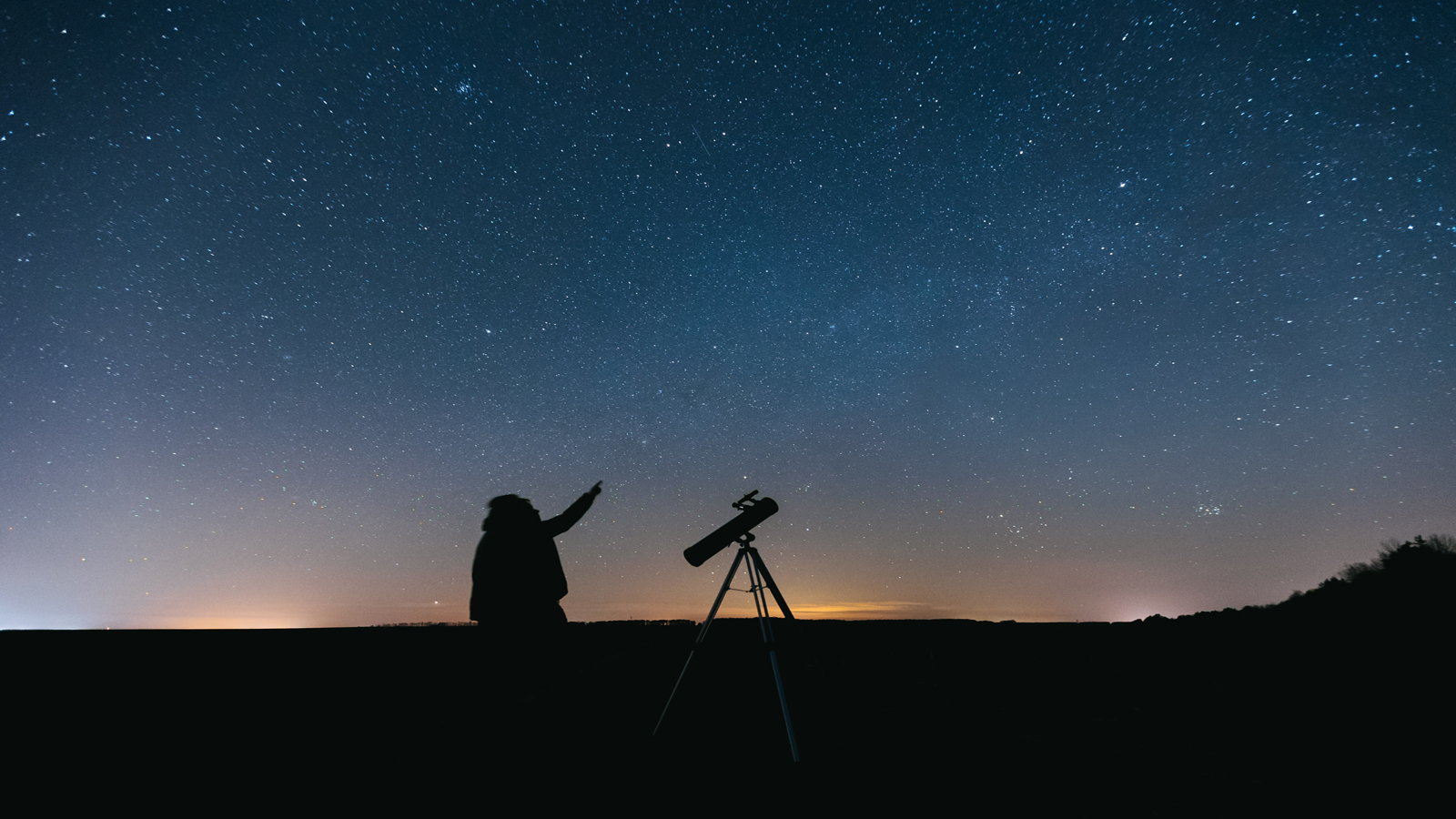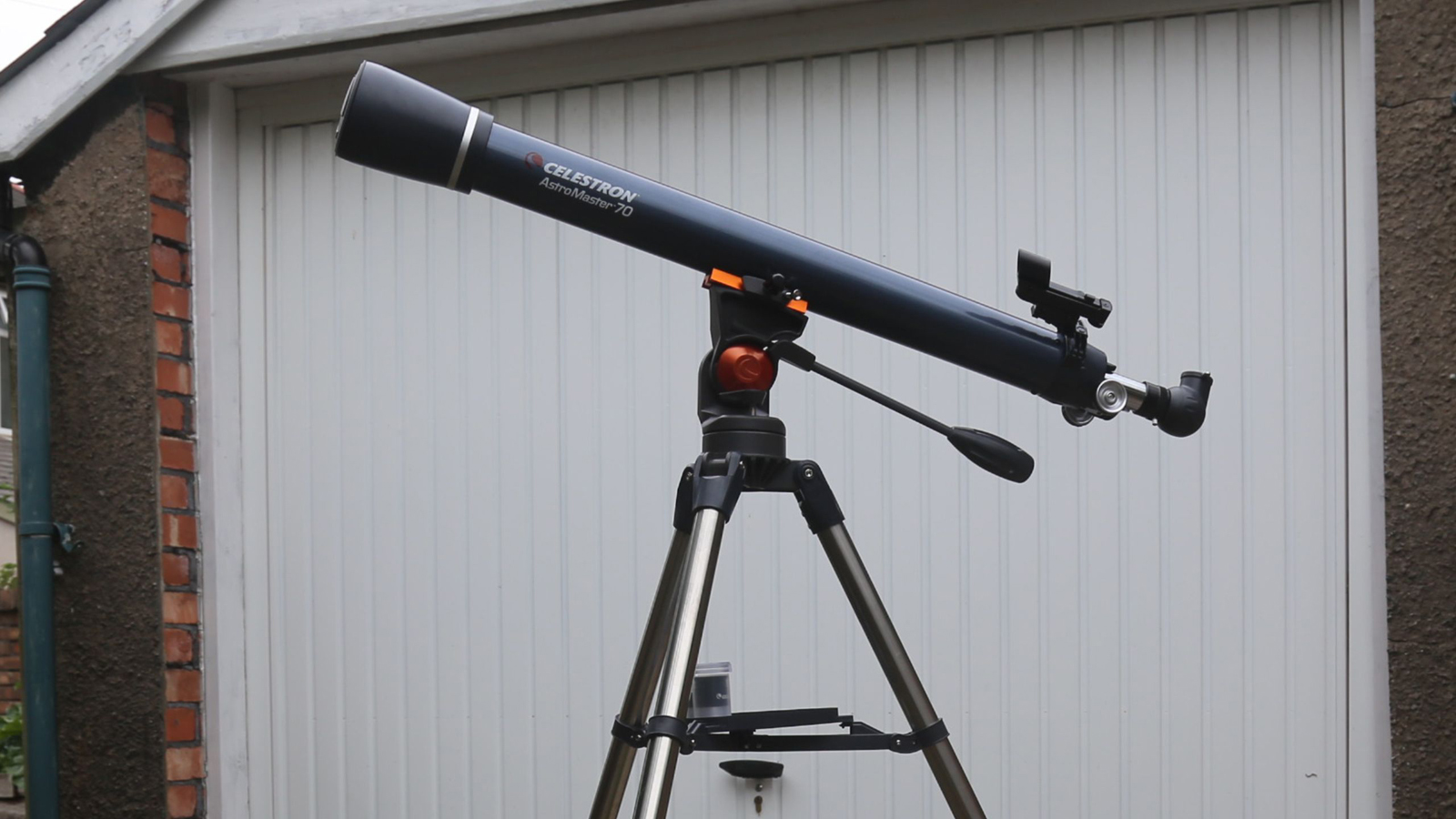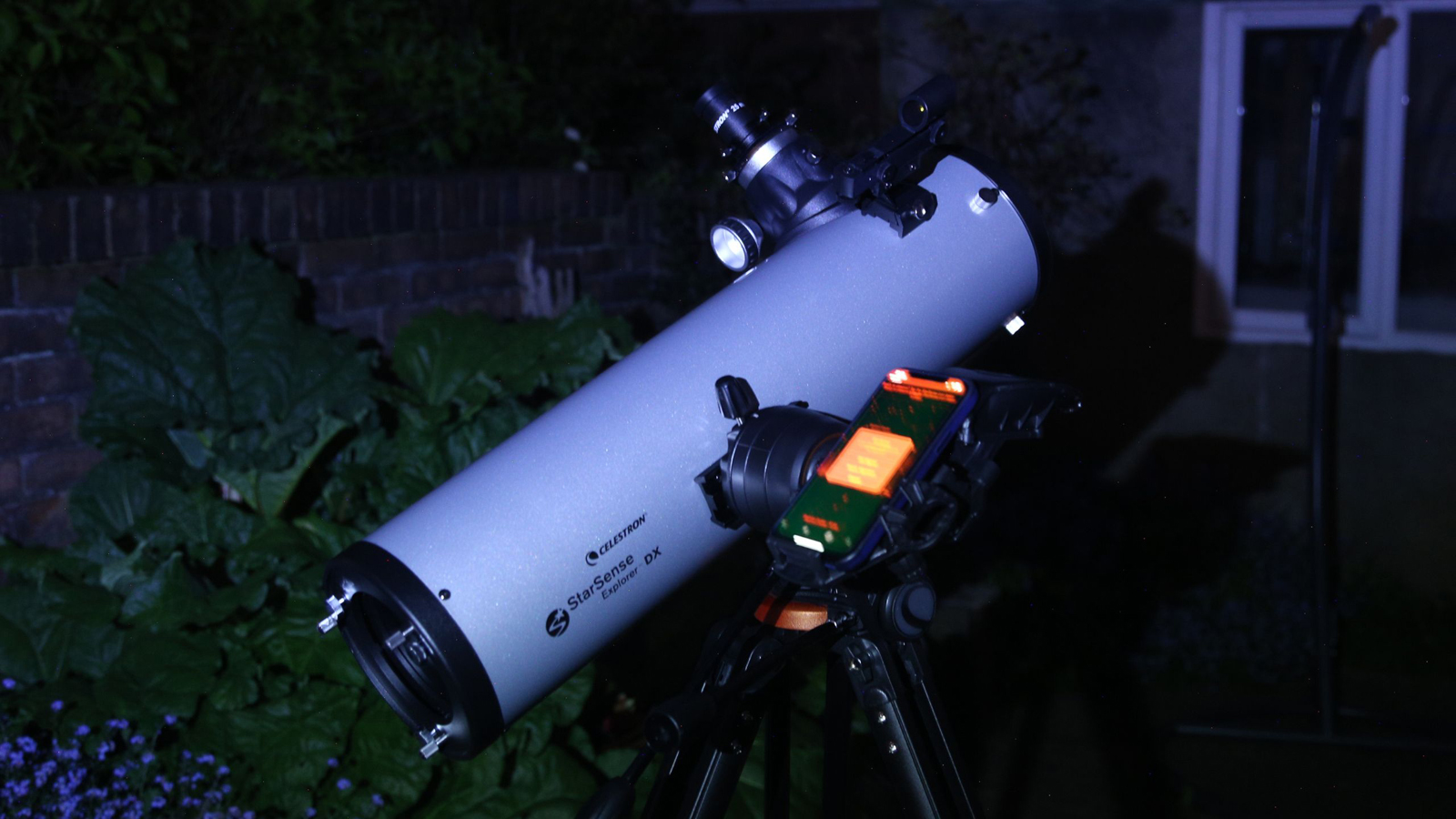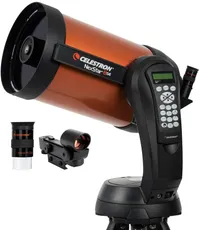Why a low-cost telescope is perfect this holiday season 2025
Five bright planets visible in the evening during Christmas week and beyond make an affordable telescope a well-timed gift.

If you’ve ever thought about giving or receiving one of the best telescopes at Christmas, 2022 is your year. The December night sky is the best and brightest of the entire year – it always is – but as well as the bright stars of Orion, Taurus and Gemini, 2022 comes with the added bonus of five bright planets.
Late December through January sees no fewer than five bright planets on show, with Mars, Jupiter and Saturn – fine targets for telescopes – shining brightly for much of the night. Venus and Mercury will also be visible just after sunset.
Here’s everything you need to know about why this Christmas is a great time to buy and use a small backyard telescope, advice on what telescopes to buy and when to use them to see planets. Want to find the right telescope for you? Read our Best telescopes for seeing planets guide.
The best telescope to use to see the five-planet display
Celestron NexStar 8SE: $1599.00 from B&H Photo
This is one of the best telescopes for viewing planets. Legendary performance from a well-respected telescope line that has continued to improve since the 1970s.
From mid-December through early January it will be possible to see the five bright planets — Mars, Jupiter, Saturn, Venus and Mercury — from Earth. It's convenient, too, with all of them visible in the evening sky immediately after sunset.
With the relatively rare five-planet display stretching from southwest to east-northeast after dark, it's going to be a fine time to gift and use a planetary telescope. The best views will come from telescopes with a large aperture (at least 102mm/4-inch) and a long focal length. It's crucial because a magnification of at least 70x and preferably 125x or more is what you need to see detail on planets. Ignore what you see quoted by telescope-makers and do the magnification calculation yourself: the focal length of the telescope divided by the focal length of the eyepiece. For example, for a telescope with a focal length of 900mm and a 10mm eyepiece the magnification will be 90x.
Maksutov-Cassegrain and Schmidt-Cassegrain telescopes are recommended by telescope maker Celestron because of their light-gathering abilities, longer focal lengths and ability to accommodate higher magnifications.
Uranus and Neptune are distant, faint planets that require very large (minimum 203mm/8-inch aperture) telescopes.
Breaking space news, the latest updates on rocket launches, skywatching events and more!
How to get a good deal on a telescope

Head straight over to our Telescope deals: Best discounts this holiday season! You'll find something to suit every level of experience and budget, with plenty of great deals from reputable retailers. We keep this page updated year-round so it's always worth checking back for deals on the best telescopes. Another great resource is telescopes on Amazon and, if you already know what make of telescope you want, our brand-specific guides for Celestron telescope deals, Sky-Watcher telescope deals, Meade telescope deals and Orion telescope deals.
To make navigation easier, we've split this guide up into sections for US and UK-based deals and if you're looking for a cost-effective alternative for your astronomy experience, checking out the best binoculars and binoculars deals could be worth it. However, if you want the best telescope deals this holiday season, check out our round-up below.
- More top deals: Telescopes on Amazon
- See the latest discounts: Telescope at Walmart
- Browse the sales: Telescopes at Best Buy
Where, when and how to see planets in December 2022

There's even better news for sky-watchers because there's a New Moon on December 23, leaving the Christmas night skies dark and moonless — but with a delicate crescent Moon appearing in the southwest on Christmas Day, rising slightly higher on December 26 and again on December 27. Anyone interested in observing the night sky should also take note of the Moon phase, not only so you can see it at its best, but also so you can avoid observing when it's at it brightest and most light-polluting (for example, the week before a full moon).
The outer planets
As twilight fades these Christmas evenings the three bright outer planets (Mars, Jupiter and Saturn) will be at their best. Mars, which reached its annual bright opposition in early December, will be shining (and unmistakably reddish) in the east-northeast, Jupiter wil be in the south and Saturn will be inching towards the southwestern sky. Astronomers call these three planets — along with Uranus and Neptune — superior planets (because they orbit the Sun farther than Earth).
Close to Jupiter is Neptune and between Jupiter and Mars is Uranus — so, technically, all seven other planets in the solar system will be in the night sky this Christmas — but both are out of range to low-cost backyard telescopes.
The inner planets

In practice, it's going to be difficult to find Mercury and Venus from the northern hemisphere. They will be visible very low in the post-sunset southwestern sky in the week before Christmas Day. However, it will get easier to see them as Christmas approaches, with the week after Christmas perfect for potting what astronomers call the inferior planets (because they orbit the Sun closer than Earth). Look for the crescent Moon close to these two planets on December 25, 26 and 27.
How to stay warm when using a small telescope this Christmas

It's not easy staying warm while you sky-watch, but you can take some precautions in winter. A beanie, tubular neck scarf, super-warm baselayer and a large winter coat are a good idea (ski pants work well, too).
Try to avoid standing on grass — your feet will get cold more quickly than if you stand on concrete or decking — and wear thin socks under thick socks to maximize warmth. It's usually your feet that get too cold first, but hands are also important. Fingerless or touchscreen gloves are best if you're fiddling with a telescope, but keep your hands in your pockets as much as possible. If you're using binoculars, heavy-duty mittens are best.
Above all, make a plan to be outside for 30-40 minutes — 20 minutes to give you night vision and 20 minutes to make one or two observations — before returning inside to the warm to make a record of your observations of the night sky in an Astronomy Log Book.

Jamie is an experienced science, technology and travel journalist and stargazer who writes about exploring the night sky, solar and lunar eclipses, moon-gazing, astro-travel, astronomy and space exploration. He is the editor of WhenIsTheNextEclipse.com and author of A Stargazing Program For Beginners, and is a senior contributor at Forbes. His special skill is turning tech-babble into plain English.

